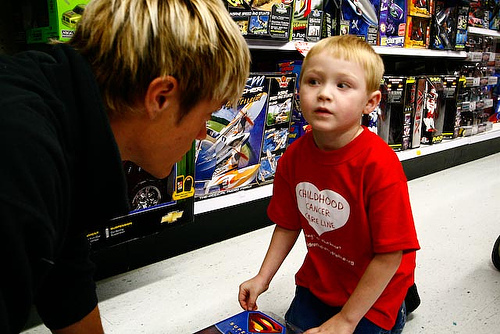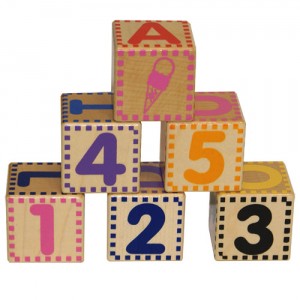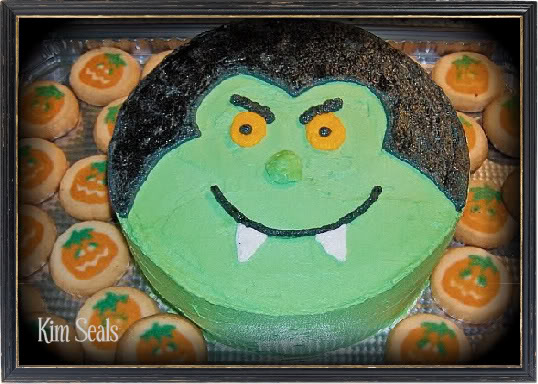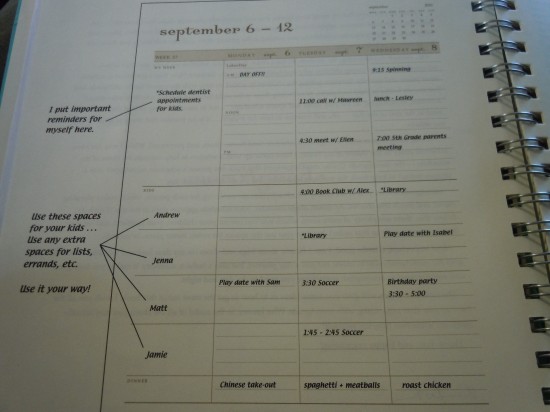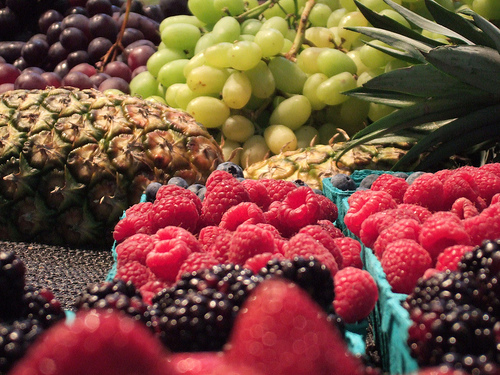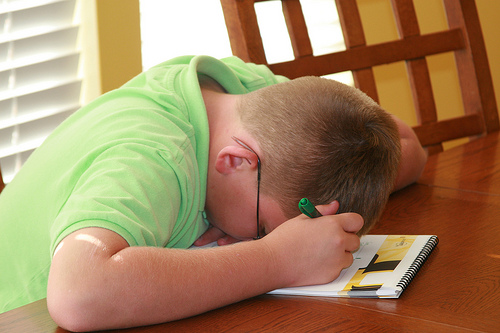Elinor, Holden, Hester, Winfield. For the common bookworm, these names are some of the most important names in the literary world. They come from stories that shaped and continue to influence our society.
Even if your little bundle of joy isn’t named after a literary character, he or she can still become the star of their very own book. Book-loving parents can create a personalised children’s book that will give their child their very own piece of literary loving. With a positive storyline, these books will make your child feel special with a story of their very own. [Read more…] about Literary Classics Lend A Hand To Baby Naming
Originally posted on September 28, 2015 @ 3:17 pm
